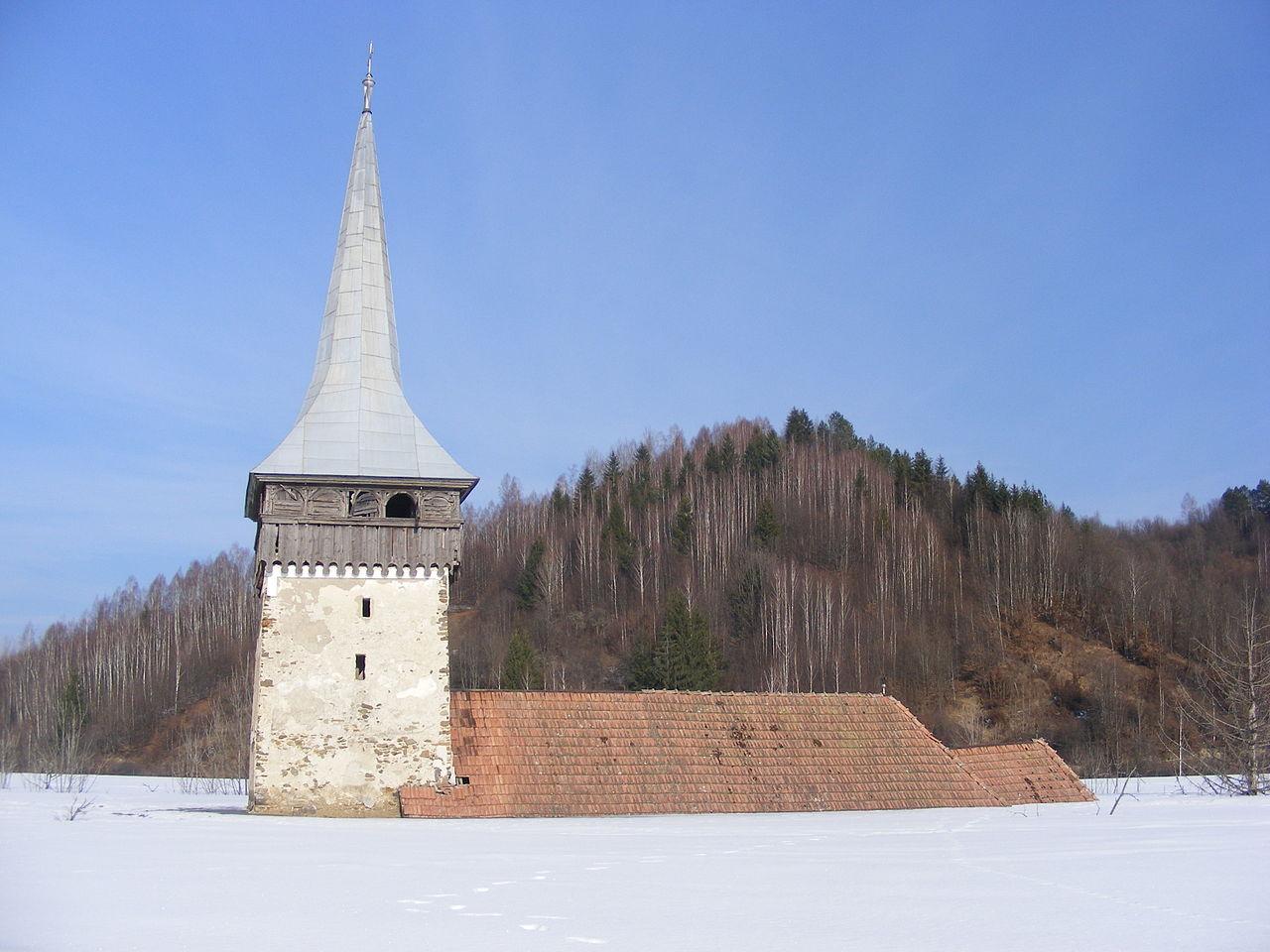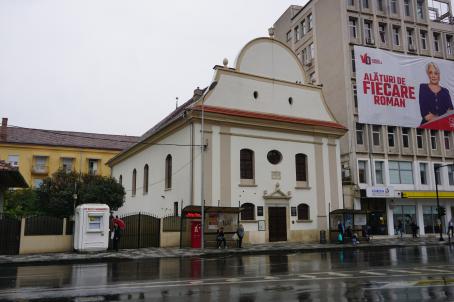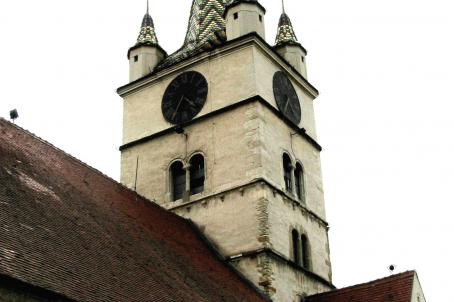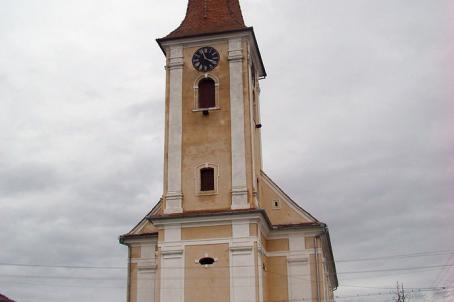Geamăna Church

The church of Geamăna was built in the first half of the 18th century and is decorated with paintings inside. Today, only the church tower is visible. Indeed, the village of Geamăna is 100 metres below the surface of a lake which contains the highly toxic ore dumps of the copper mine of Roșia Poieni active since 1977.





